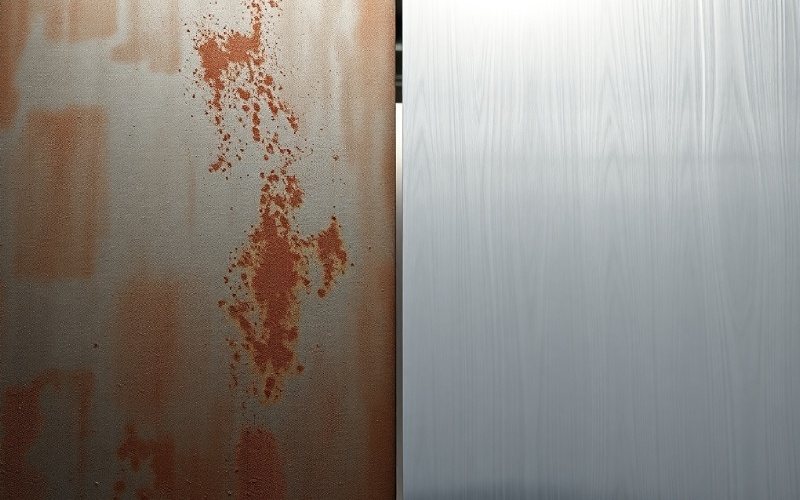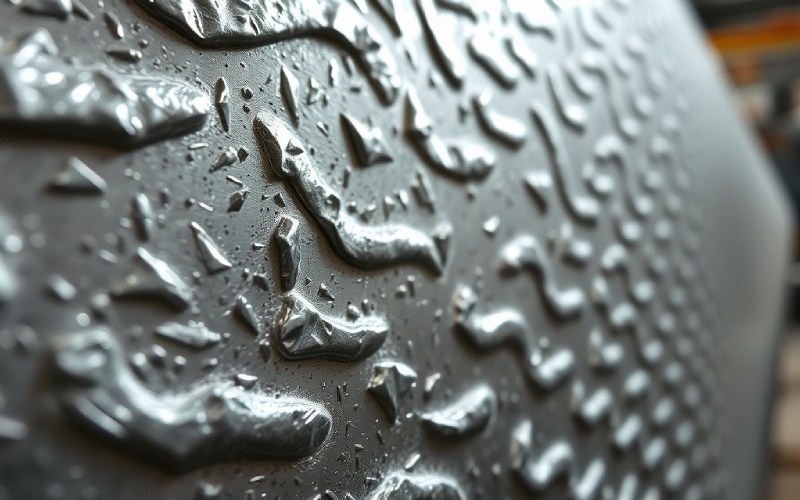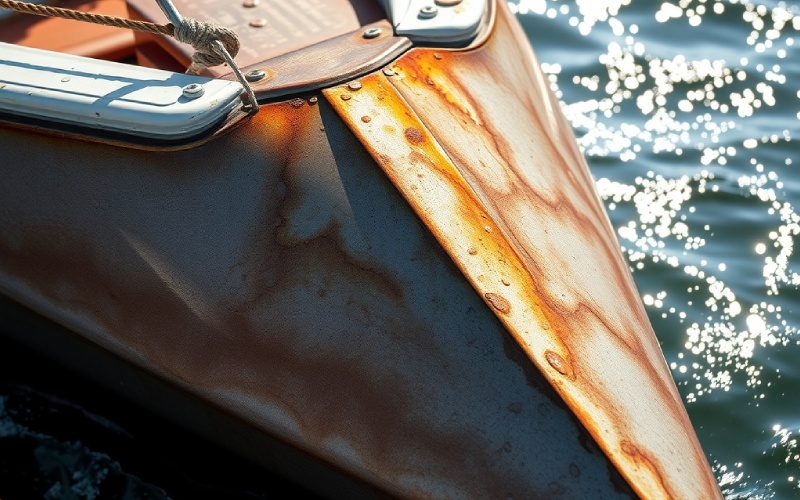Let Istar help you get started on your project with our experience and know-how!
Upload your design files and production requirements and we will get back to you within 30 minutes!

Galvanized steel and aluminum they both have their place, but they are extremely various. In this write-up, I’m going to share what I’ve learnt more about galvanized steel vs. aluminum to help you make the very best selection for your next project. We’ll look at whatever from stamina and corrosion resistance to set you back and weight.
Allow me inform you concerning galvanized steel. At its heart, it’s regular steel that has been given an unique safety layer. This is done through a procedure called galvanization, where the steel is coated with a slim layer of zinc. The most typical means to do this is called hot-dip galvanizing. In this approach, the steel component is dipped right into a bathroom of molten zinc. This produces a strong bond between the steel and the zinc. The zinc coating is what provides galvanized steel its excellent protection versus corrosion and corrosion.
I have actually seen this galvanization procedure up close, and it’s fairly something. The zinc doesn’t simply sit on top; it really enters into the steel’s surface. This zinc coating functions as a guard. If the surface obtains damaged, the zinc will rust before the steel does, which is a cool method of chemistry. This sacrificial security is a crucial reason galvanized steel is so durable. You can typically identify galvanized steel by its distinct spangled or crystalline pattern externally. This galvanized steel is widely made use of in building and construction and for exterior items due to the fact that it can take on the climate for a very long time.
Currently, let’s talk about aluminum. Unlike galvanized steel, aluminum is a light-weight metal that is normally immune to corrosion. It is among one of the most usual steels on Earth. When aluminum is subjected to air, it promptly forms a slim, hard layer of aluminum oxide on its surface. This oxide layer is what gives aluminum its fantastic corrosion resistance. If it obtains scraped, it instantaneously reforms, continuing to protect the steel beneath. I discover this self-healing property of aluminum absolutely impressive.
Pure aluminum is fairly soft, so for the majority of applications, it is mixed with various other components to create an alloy. These aluminum alloys can be surprisingly solid. Usual alloying aspects consist of copper, magnesium, silicon, and zinc. By altering the mix, you can obtain special properties customized for particular jobs. For instance, some aluminum alloys are best for airplane due to their high strength-to-weight ratio, while others are utilized for window frameworks or drink containers. Aluminum is likewise a terrific conductor of warm and electrical power.

This is an inquiry I obtain regularly. Both galvanized steel and aluminum are understood for their corrosion resistance, yet they attain it in various means. As I pointed out, galvanized steel depends on its zinc coating. This zinc layer gives a barrier to moisture and air. If the zinc coating gets damaged, the surrounding zinc will still safeguard the revealed steel. Nonetheless, in extremely extreme environments, like acidic or extremely salty locations, the zinc coating can wear off over time, and as soon as it’s gone, the steel underneath will certainly start to rust.
On the various other hand, aluminum’s corrosion resistance comes from its all-natural oxide layer. This makes aluminum especially good in damp or marine settings. In my experience, for projects near the ocean, aluminum usually has the side. So, while both metals fight corrosion well, aluminum’s all-natural capacity to shield itself gives it an advantage in several situations.
When it comes to pure toughness, galvanized steel is typically the winner. Steel is a naturally strong product, and the galvanization process does not decrease that strength. It has a high tensile toughness, which implies it can deal with a lot of pressure prior to it flexes or damages. This makes galvanized steel the best selection for architectural applications where stamina and durability are the most vital factors.
However, that doesn’t suggest aluminum is weak. While it’s usually not as solid as steel, aluminum has an outstanding strength-to-weight ratio. This means that for its weight, it is really strong. This is why you see aluminum used in planes and high-performance cars, where every ounce issues. So, the choice between galvanized steel and aluminum usually depends on whether you need brute toughness or a high strength-to-weight ratio.
There’s a huge difference here. Galvanized steel is considerably much heavier than aluminum. Steel has a thickness of regarding 7.85 grams per cubic centimeter, while aluminum’s thickness is only around 2.7 grams per cubic centimeter. This indicates galvanized steel is about 2 and a half to three times much heavier than aluminum.
This weight difference is a significant factor in selecting the best product. For applications where weight reduction is vital, such as in transportation to boost gas performance and efficiency, you would often select aluminum. The lighter weight of aluminum also makes it easier to deal with and transport, which can conserve time and money on a task. Nevertheless, for stationary frameworks where weight isn’t a problem and high toughness is required, the heaviness of galvanized steel isn’t a disadvantage.
When it comes to the first product cost, galvanized steel is generally less expensive than aluminum. The manufacturing of steel is a reputable and efficient process, which aids keep the cost down. The galvanization procedure adds some expense, however it’s still normally more economical in advance than aluminum.
Nonetheless, the story does not finish there. You have to think about the long-lasting expenses also. Aluminum typically needs much less maintenance over its life time due to its excellent corrosion resistance. Galvanized steel, in some settings, could need to be painted or have its finish fixed to stop rust. Likewise, since aluminum is lighter, transportation and installation costs can be reduced. So, while galvanized steel has a reduced upfront price, aluminum can sometimes be a lot more economical over the entire life of a project.
Expense Contrast Table .
| Function | Galvanized Steel | Aluminum |
|---|---|---|
| Upfront Price | Typically reduced | Typically higher |
| Maintenance Cost | Can be higher in some cases | Commonly reduced |
| Installation Expense | Can be higher because of weight | Can be lower because of lighter weight |
Right here, aluminum has a clear advantage. Aluminum is an excellent conductor of both warmth and electricity. In fact, it carries out warm regarding 4 times better than galvanized steel. This residential property makes it ideal for applications where warm transfer is important, like in radiators, heat exchangers, and cooling fins. Aluminum is also an excellent electric conductor, which is why it’s often utilized for high-voltage high-voltage line.
Galvanized steel, on the other hand, is not an excellent conductor of warm or electrical energy. Its thermal conductivity is a lot less than aluminum’s. This can be a good idea in some situations, such as in building and construction where you want to reduce heat transfer via the structure’s structure. Due to the fact that it’s a bad electric conductor, galvanized steel is not utilized for electric applications.

Offered their special properties, it’s not a surprise that galvanized steel and aluminum are used in different types of projects.
Typical usages for galvanized steel include: .
I have actually seen galvanized steel made use of in all these locations, and its toughness and longevity make it a trustworthy selection for durable job.
Usual uses for aluminum include: .
The lightweight and corrosion-resistant nature of aluminum makes it ideal for these applications where weight and look are necessary.
This is a crucial question. While you can make use of galvanized steel and aluminum together, you need to be careful. When two different metals are in contact in the visibility of an electrolyte (like rainwater), a process called galvanic corrosion can occur. In this situation, the much more active steel (aluminum) will corrode faster to secure the much less energetic metal (galvanized steel).
To avoid this, you need to electrically separate both metals from each other. This can be made with non-conductive products like plastic or rubber washing machines, gaskets, or layers. I have actually seen jobs where this was ignored, and the results weren’t pretty. So, if your design calls for both galvanized steel and aluminum, ensure to plan for appropriate isolation to avoid corrosion troubles down the road.
So, exactly how do you make the last choice between galvanized steel and aluminum? All of it comes down to the certain requirements of your job. Right here are a few key inquiries I constantly ask myself:.
Eventually, selecting the appropriate material is a harmonizing act. By meticulously thinking about these elements, you can select the metal that will offer you the best performance and value for your project.